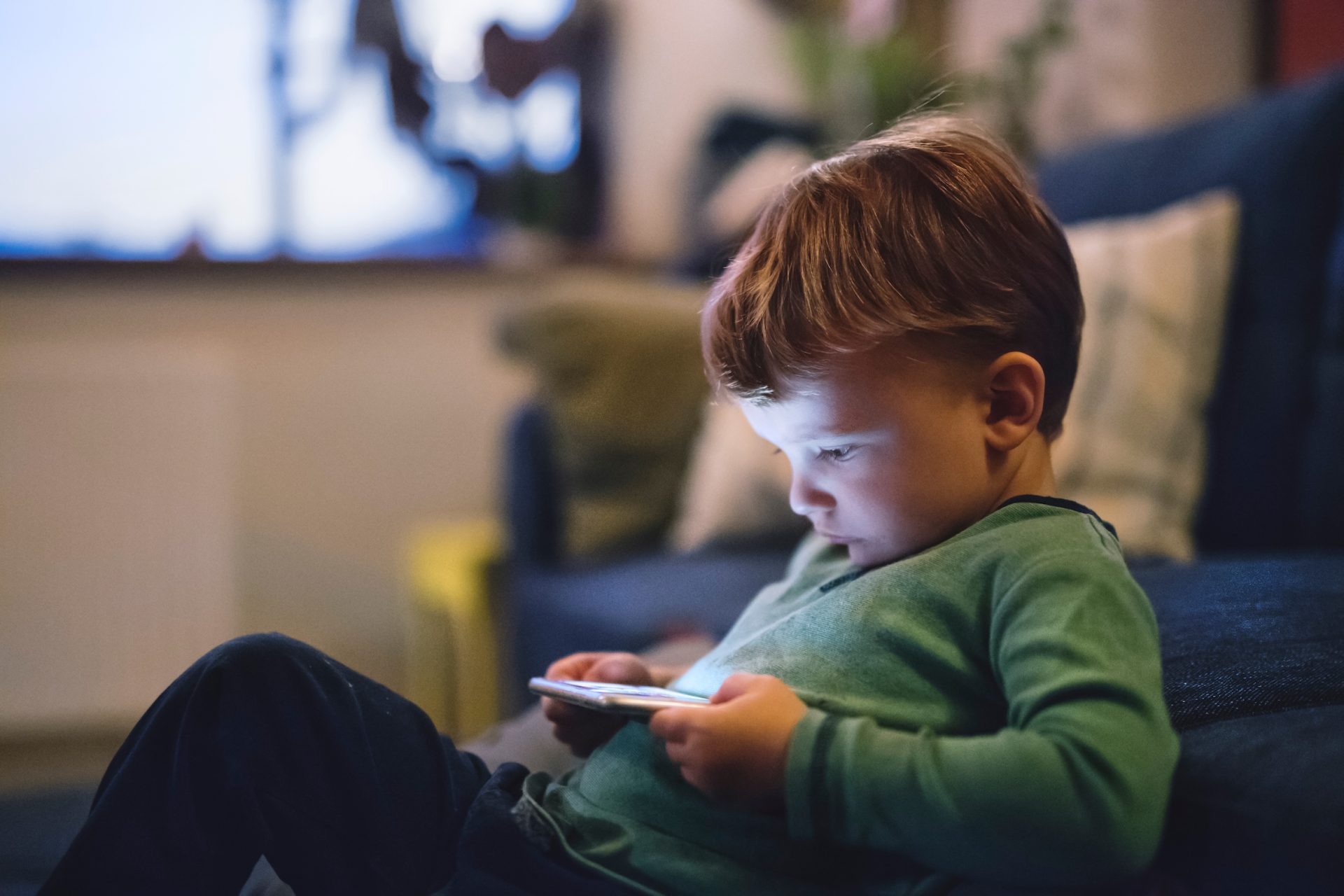Toddlers in front of the screen? How harmful can exposure to smartphones, tablets and television be in the early years of life? Can a balance be struck between rules and daily routines?
Recent studies provide answers to these questions, underscoring the need for guidelines to help parents consciously manage when and how children use screens.
Among other research, one published in early March in the Journal of American Medical Association (JAMA) Pediatrics finds a correlation between exposure to screens in the first year of life and developmental delays.
This raises concerns about the risks of children using new technologies for too long.
The study-one of the largest conducted in years-led by Dr. Mary Brushe of the Telethon Kids Institute and conducted on a sample of 220 Australian families, specifically revealed an association between increased time spent in front of screens and decreased dialogue between parents and children in the early years. Children exposed to screens heard fewer words from adults, vocalized less and had fewer turns in conversation, putting language development at risk.
Advanced speech recognition technology was used in the family observations to objectively monitor time spent in front of screens and key measures of parent-child dialogue.
The results underscored significant consequences, especially for three-year-olds, where each minute spent in front of a screen resulted in a statistical reduction in words spoken by adults, children’s vocalizations and total conversations. Based on the associations found, a daily loss of 1,139 adult words, 843 children’s vocalizations and 194 turns of conversation occurred.
The importance of coming to terms with reality
According to Giuseppe Lavenia, a psychologist specializing in technology addiction, digital devices offer very different stimuli from children’s traditional experiences. Indeed, interacting with screens does not solicit the same depth of language or social interaction found in play with peers or adults. This could result in a slowdown in language development and social skills. In addition, devices tend to present a lot of information quickly and in a fragmented manner, affecting children’s ability to focus and engage in more extended and complex tasks.
Added to this is the possible inhibition of the ability to learn how to manage frustration. The child, through direct interaction with the environment and people, rather than through digital devices, learns about all the nuances, including the management of frustration: an irreplaceable process that lays the foundation for healthy psychological and emotional development.
It is increasingly common to notice around, at home, in restaurants, how focused children in front of screens are, often motionless and totally immersed in the world they are observing or coming into contact with. Although screens may offer an immediate solution to calm children, according to Giuseppe Lavenia, children, if over-exposed, would not learn to deal with and overcome moments of frustration in more constructive ways. In fact, screens become a kind of “quick fix,” limiting children in developing appropriate strategies to deal with emotional challenges with parents but also with friends and in life in general.
Specialists’ rules and best practices
While screens have become ubiquitous in modern family life, finding a healthy balance and promoting language-rich environments are essential. Identifying ways to use time in front of screens as opportunities for parent-child interaction can mitigate negative effects and foster positive development.
In this regard, we report on some recommendations released byThe American Academy of Pediatrics and the World Health Organization on age-appropriate times and ways to use devices.
Before outlining the main guidelines, it is important to emphasize the absolute importance of not exposing children under 2 years of age to screens, including TV or games of any kind. One hour of screen time per day is tolerated for children between the ages of 2 and 5, and the need to make a media use plan for children over the age of 5 is emphasized. These suggestions stem from a study that found that more than 75 percent of children under 2 years old and 64 percent of children between 2 and 5 years old exceed the recommended guidelines, receiving exposure to screens far beyond the suggested “best practices.”
It is essential to establish clear rules on technology use at home that apply to both children and adults.
Time rule: “Screen-free” times of the day can be designated, such as during meals or before bedtime, to encourage exchange and human contact.
Adult presence/interactive viewing: It is advisable not to leave children alone in front of screens, but to share moments and content enjoyed together, to generate discussion and closeness.
Think of screens as plural: There is not only the smartphone, but also, for example, the television. If the child can use screens for a certain amount of time, he or she should be aware to carefully choose what to use during that time.
Alternation rule: It is important that the child experiences not only digital use, but can continue to do all activities typical for his or her age, such as playing with other children or playing sports.
Parental control: Parents should be able to monitor their children’s activity on devices and ensure that only appropriate apps designed for them are used.







